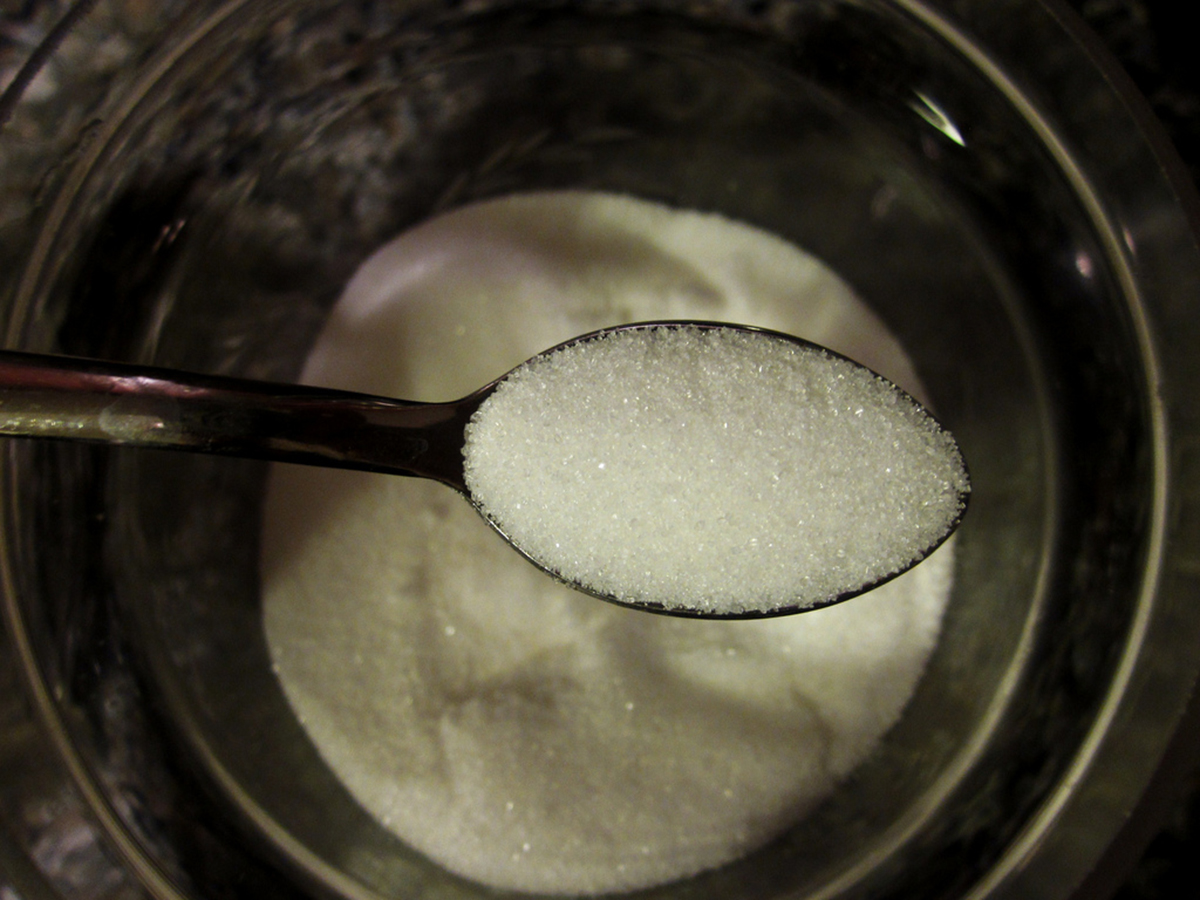Table of Contents
5. Eating too much sugar really does cause diabetes
Not everyone who indulges a sweet tooth will develop diabetes, but most do. The reason why is not usually explained very well by most diabetes educators. In healthy people and in prediabetic people alike, the liver is the buffer for most of the excess 'sugar" we consume. The muscles also use enormous amounts of glucose both for fuel and to make the glycogen that gives them bulk, but they mostly do this immediately after exercise.

When we consume lots of table sugar, whether it is cane sugar, honey, or high-fructose corn syrup, the liver has to do something with the fructose first. This leaves glucose in the bloodstream.
This triggers an unrelated reaction that keeps fat locked in fat cells. It also causes cells all over the body to "lock out" potentially toxic levels of glucose by becoming insulin resistant, which causes the pancreas to release more insulin, which causes cells to become more insulin resistant, and so on, until eventually the pancreas "burns out."
6. Eating sugar can make you fat
Being overweight doesn't so much cause diabetes as being prediabetic makes you fat. One of the things that occurs in the series of body changes that leads to diabetes is the pancreas really does manage to control blood sugars for a long, long time. It churns out insulin even faster than cells can become insulin resistant. However, when fat cells sense high insulin levels in the blood, they "lock up" their stores of triglycerides. They don't break down solid fat to make liquid fat that can circulate through the bloodstream to muscles to burn it for fuel. Fat goes in fat cells, but can't come out. It's the insulin that causes the fat accumulation, not the fat that causes the overproduction of insulin.
7. Small amounts of sugar--if you are not diabetic--are non-toxic, but the amounts are a lot smaller than most people at
The average American consumes a staggering 150 pounds (70 kilos) of sugar per year. That's nearly 400 grams per day. Much of this sugar is hidden in sweeteners, jams, jellies, ketchup, and bread, but the net effect is the same.
See Also: 10 Ways To Break A Sugar Habit And Kick The Soda Addiction
The average American gets about 250 grams of fructose and 150 grams of glucose daily in addition to the glucose released from carbohydrate foods.
It's no wonder that the US has an obesity crisis, and the underlying problem is sugar. Cutting out sugar and sugary baked goods is simply a must. If you are not diabetic, rice, potatoes, and bread in moderation may be OK, but any kind of sugar--or fruit--has to be saved for an occasional treat in a small amount.
- Casey, J. Do You Know How Much Sugar You Are Eating? WebMD Weight Loss Feature. http://www.medicinenet.com/script/main/art.asp?articlekey=56589. Accessed 14 September 2014.
- Taubes, G. Is Sugar Toxic? New York Times. 13 April 2011.
- Photo courtesy of Melissa Wiese by Flickr: www.flickr.com/photos/42dreams/2452033439
- Photo courtesy of samantha celera by Flickr: www.flickr.com/photos/scelera/5724844778


Your thoughts on this